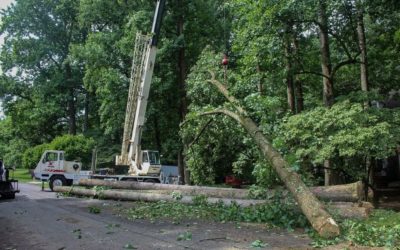Blog Topics
When a tree on your property has fallen or been professionally removed, that doesn’t mean it’s the end of all the benefits it can provide. Rather than sending your tree to the landfill, why not repurpose, recycle, or even upcycle the remains?
In this article, we share dozens of ideas for how to reuse parts of a fallen or cut down tree. These are just a few of the many ways to give a tree new life. Hopefully, they’ll give you a head-start on putting your tree to good use!
A Note on Trees that Should Not Be Used
First, a caveat. Not all trees can be reused. If a tree has succumbed to a pest infestation, many of the things that we suggest are not applicable. Emerald ash borer (EAB) is especially destructive for trees, leaving the wood brittle and dangerous. Other pests and diseases can leave the tree too damaged to use. And sometimes it’s best to remove the wood from the property to ensure that the pest or disease does not spread to your other plants.
Talk with your arborist before your tree is removed to discuss your options.
What To Do with Parts from a Removed or Fallen Tree
The items that you can make from parts of a tree are endless. Ideas range from projects that require craftsman-level skills to a few hours of DIY to picking up sticks or leaves. This is by no means an extensive list but is meant to get the ideas flowing for how you can reuse the wood, sticks, needles, or bark from a tree that had to be taken down.
If Riverbend Landscapes & Tree Service is removing your tree, let us know beforehand if we should leave any parts of the tree behind.
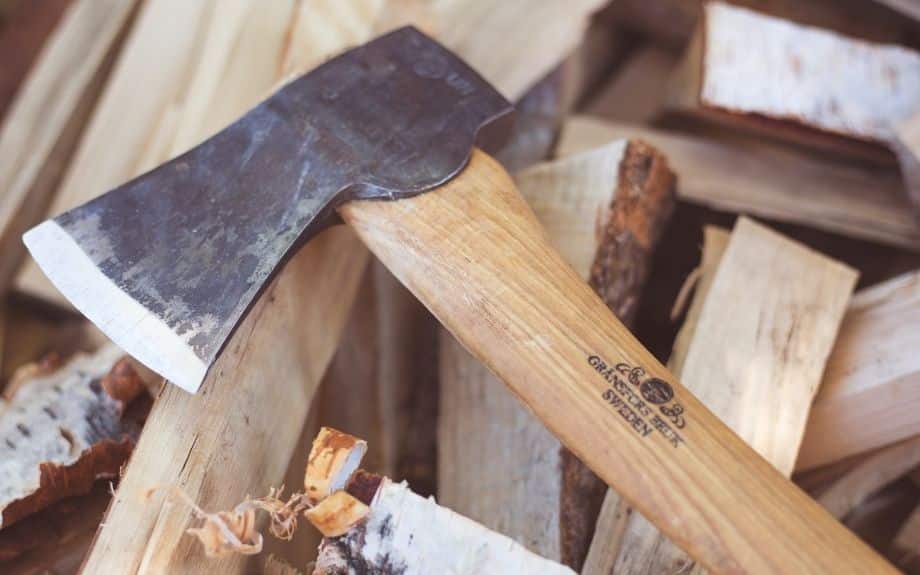
Cut it into Firewood
One of the most common uses for trees after they have been removed is to chop the wood into firewood. Firewood is an excellent way to use much of the wood from your tree. Here’s what to do:
- Ask your tree company to leave the large pieces of wood behind (they’ll often cut them into firewood-sized lengths)
- Split the wood into firewood (a wood splitter makes this much easier than using an ax)
- Season the wood (it usually takes 6 to 12 months to fully dry out, depending on the time of year) or have it kiln-dried
- Store it until it can be used (cover it or place it where you can keep it dry and insect-free)
- Enjoy the firewood in a firepit, fireplace, grill, etc.
For more details on how to prepare firewood, check out this article.
Keep in mind that hardwood (usually from deciduous trees) works much better as firewood than softwood (from conifer or evergreen trees). Beyond that, certain types of wood burn better and produce less smoke. You’ll find details in this guide on types of firewood.
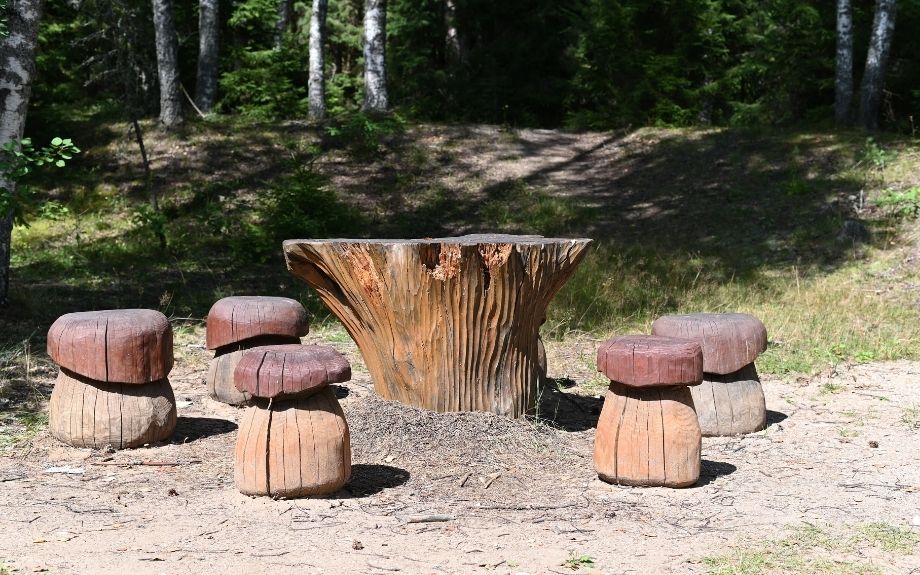
Use Logs & Stumps as Furniture
Kids can feel like Alice in Wonderland or Peter Pan with their own table and stools made out of simple logs. The table can be the stump from the tree that was removed. Large limbs can be cut down to child-size logs that are perfect to sit on.
These logs as stools work for adults, too, and can provide a real forest feel to your yard. And who doesn’t need more seating options for enjoying the outdoors?
Log end tables can cost several hundred dollars from popular retailers, but you can make one yourself (you’ll need a chainsaw and a sander).
It’s also fairly easy to turn a tree stump into a seat.
Have it Milled for Lumber
Depending on the species and quality of the wood, you may want to have your tree milled into lumber. Or, you could offer the tree to someone else – there are plenty of woodworkers and furniture makers who’d be happy to take a tree off your hands.
Look for a company with a portable mill – they’ll come to you, so you don’t have to transport the log(s). You can have your tree sawn to specific dimensions, get book-matched lumber sawn, have a live edge on one or both sides of the lumber, and more.
Don’t forget that the wood will need to be dried (either air-dried or kiln-dried) before you can use it.
If you’re interested in having your tree milled into lumber, here are some suggestions for finding a local sawmill. You’ll also want to consider the pros and cons of milling your own lumber before making a decision.
Create Coasters, Cutting Boards, and Candle Holders
You can make some beautiful candle holders for a centerpiece or as gifts.
Slabs of unfinished wood are also popular tabletop décor, or you can sand and oil the wood to make cutting boards. For smaller pieces of wood, you can cut and sand slices to use as coasters to protect your furniture.
Here are some helpful resources for DIY projects:
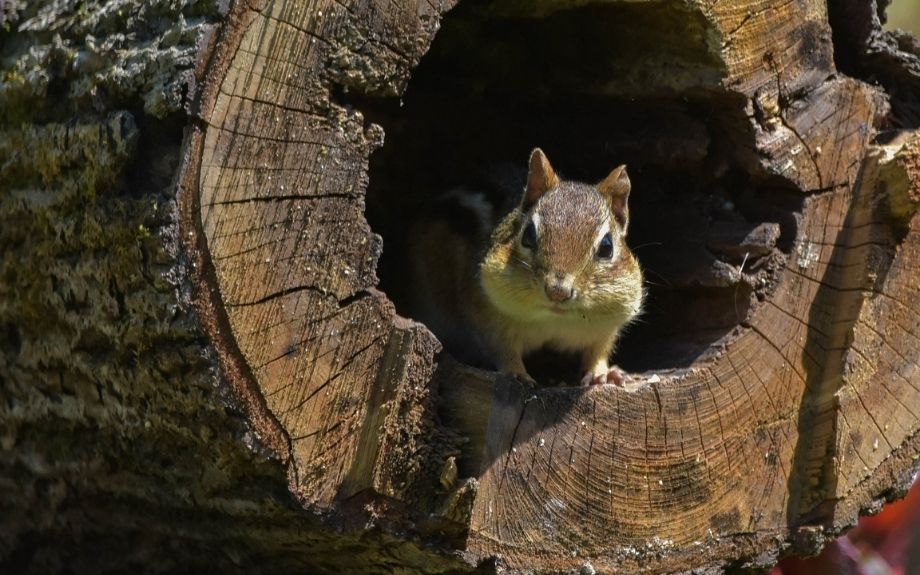
Create Habitat for Wildlife
If you live in or near a forested area, keeping a log or brush pile near the edge of your property can be a benefit for the wildlife. Many organisms and creatures can use the pile – some for a food source, others for shelter.
Be sure to check your neighborhood or HOA rules before going ahead with this method, however, as it is not allowed in many areas.
Learn how to use dead wood as a habitat for wildlife.
Make it Part of Your Landscaping
Larger branches can be placed along the edges of pathways to mark the edge, stop erosion, and prevent plants from spilling onto the path. Cut any smaller side branches off first before putting them in place.
If you have a sloped property, you can use larger logs to terrace the slope. This gives you more flat areas in your yard and helps prevent erosion.
Or, cut branches into 12- to 18-inch lengths and set them into the ground on end, forming a barrier around a raised bed, a short retaining wall on a slope, or delineating the edge of a patio.
Large logs can be hollowed out to create planters for flowers or vegetables. Sticks and twigs can be woven into fencing to protect garden beds from rabbits and other small animals. Smaller diameter branches make good trellises to grow vines on.
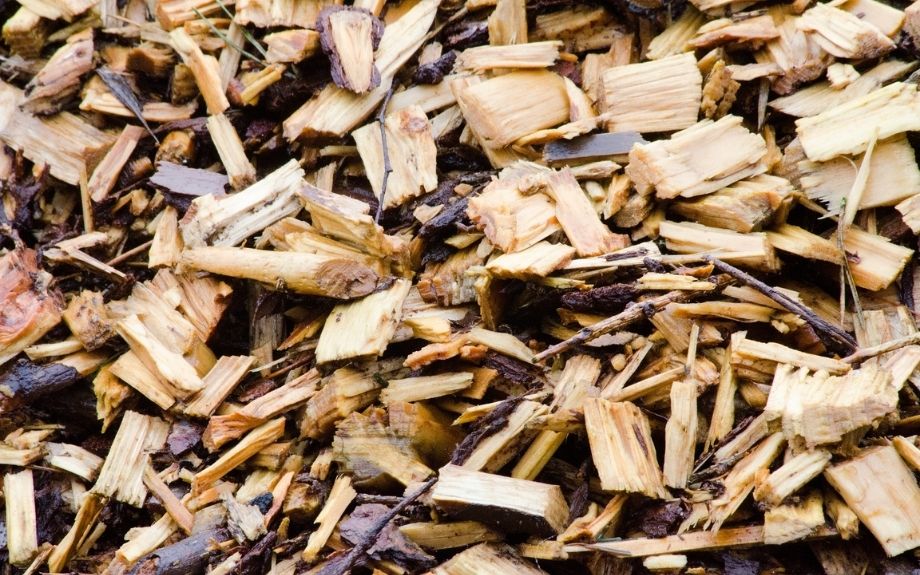
Turn it into Mulch or Wood Chips
One of the best things you can do for your landscape plants, including trees, is to spread a layer of organic mulch around them. We cover everything you need to know about mulch in this blog post.
Wood chips can be used in other places in your yard as well, such as under playground equipment, on a path, or anywhere you need a soft surface underfoot.
When you have a tree cut down, ask your tree service company to leave the wood chips for you. Just be sure you have enough space – a tree creates far more chips than you might expect!
Bring Out Your Inner Artist
Put your artistic skills to use with the items that are left after a tree removal. There are many art projects that are perfect to do with children – and it may help lessen their sadness at losing a beloved tree. It’s amazing what you can do when you let creativity run wild!
- Use a chainsaw to create a sculpture (but be sure you know how to safely use a chainsaw before trying this!)
- Create a fairy house at the base of the leftover stump. Pinecones, sticks, and even leaves can be used to build “furniture” for the fairies.
- Gather pinecones, spray paint them in festive colors, and use them as ornaments.
- Learn to whittle and carve yourself a one-of-a-kind walking stick.
- Cut slices from a branch, drill a small hole near the rim, and hang them up as a mobile, wind chime, or decorative piece. You can stain, varnish, or paint the pieces for even more visual interest.
- Press some of the leaves to create a framed picture to hang on the wall.
- Or put a thin coat of paint on one side of the leaves and press them against a piece of thick paper to create a colorful print.
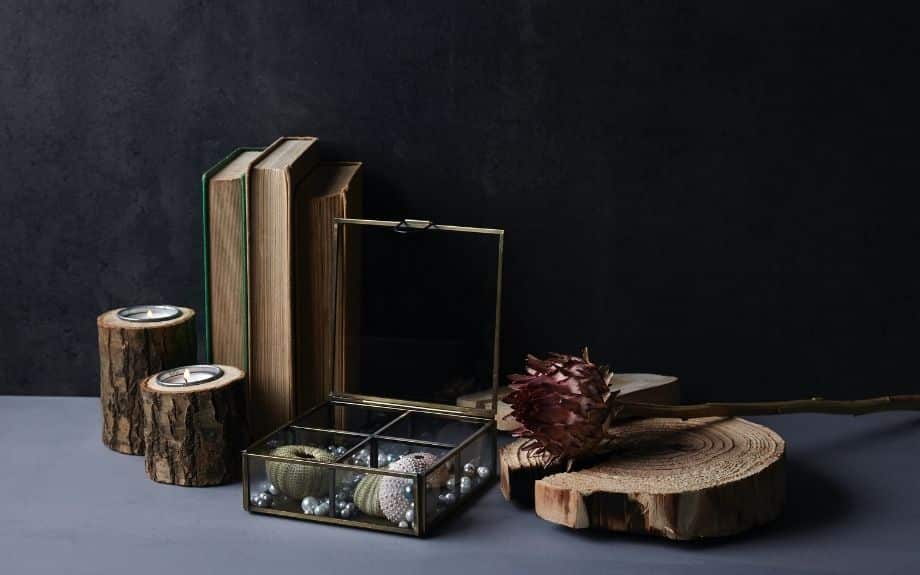
Whatever Else You Can Think Of!
Maybe you just want to grab a few sticks to use for roasting s’mores or for snowman arms before the rest of the wood from your tree removal is taken away. Perhaps you’ll take a few leaves to place in a book as a memory of a family tree. There are even a ton of things you can make from left-over pine needles, from foot soaks to firestarters to pine needle baskets.
Tree Removal Can Have a Happy Ending
Having a tree removed may just inspire you to try one or many of the items listed above. There are endless things you can create from a tree after it has been removed. Thousands of ideas fill the internet – just search for something like “what to do with tree logs” on Pinterest for some inspiration. Re-using your tree can take the sting out of losing an important part of your landscape.
If you’re not sure whether or not your tree should be taken down, schedule a consultation with one of our arborists. We’ll let you know if your tree can recover with professional care or if it’s time for it to be removed.
Give Us a Call at 703-402-9366
If you'd like help with your trees or landscape, have any questions, or would like to schedule an appointment with one of our Certified Arborists, please give us a call. We'd love to hear from you!

